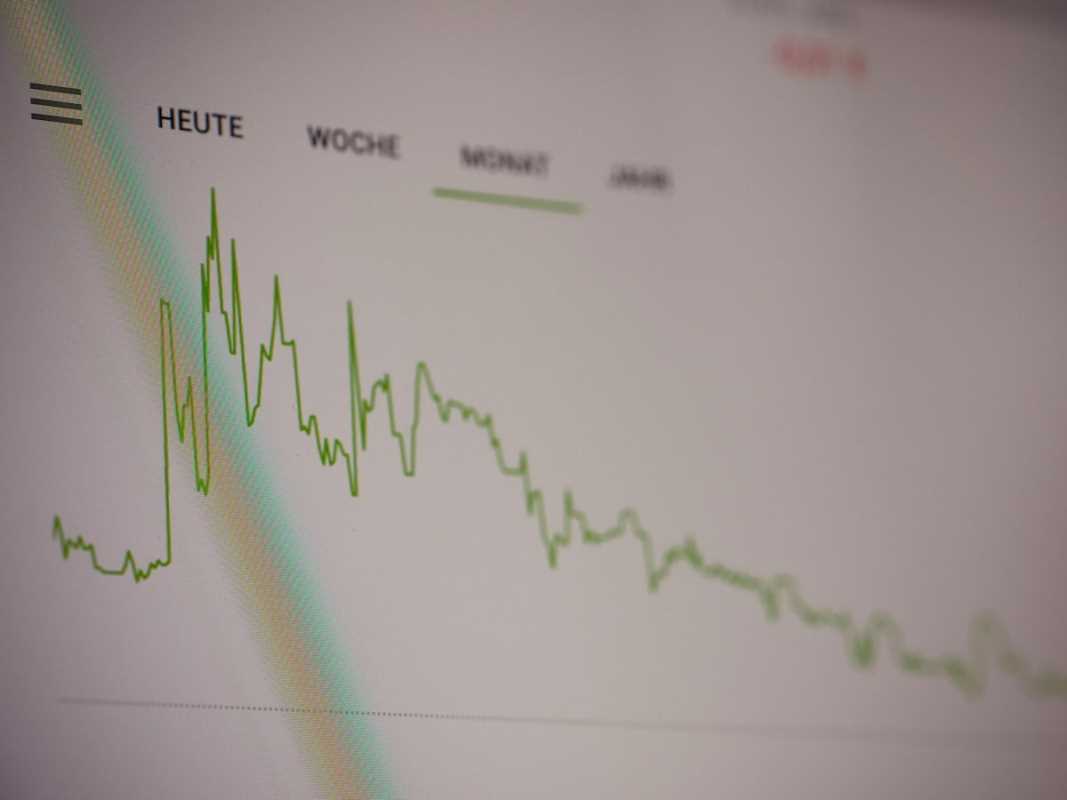Technology is transforming industries faster than ever before, creating both opportunities and risks for investors. Companies that fail to adapt risk becoming obsolete, which in turn impacts portfolios tied too heavily to outdated industries or products. This is where a hedge against tech disruption becomes essential. But what exactly does this mean?
A hedge against tech disruption involves strategic investment choices that minimize exposure to industries or companies that may be negatively impacted by rapid technological change. It also means proactively seeking out growth opportunities in emerging sectors. By hedging, investors protect their portfolios from excessive volatility while positioning themselves for long-term growth.
Why Hedging Against Tech Disruption Matters
Tech disruption fundamentally changes the way industries operate. From automation to artificial intelligence and blockchain, new technologies can boost productivity but often diminish the relevance of older models. For example:
- Retail has shifted dramatically due to e-commerce, leaving traditional brick-and-mortar stores struggling.
- AI and automation threaten industries reliant on repetitive tasks, from customer service to manufacturing.
- Renewable energy and electric vehicles are reshaping the energy and automotive sectors, challenging traditional oil and gas dominance.
Investors who fail to anticipate these disruptions can see significant losses. A hedge against tech disruption is not just about avoiding losses, though; it’s also an opportunity to strategically allocate resources toward future growth. By maintaining balance and agility in your portfolio, you can reduce risks while capturing gains in thriving sectors.
Investment Strategies to Hedge Against Tech Disruption
1. Diversification
Diversification is the backbone of any strategy seeking to hedge against risks, including tech disruption. This approach involves spreading investments across a variety of industries, asset classes, and geographies. The goal is to ensure that poor performance in one area doesn’t overwhelm your entire portfolio.
How to diversify:
- Include a mix of asset classes such as stocks, bonds, real estate, and commodities.
- Consider international investments to reduce reliance on domestic markets impacted by localized disruptions.
- Blend investments in both new tech-heavy industries and traditional sectors that appear resilient.
Having a portfolio that balances investments in technology ETFs with health care or consumer staples stocks can help hedge against the unpredictability of tech-driven industries.
2. Invest in Real Estate
Real estate can offer stability during periods of tech-driven volatility. While markets like retail real estate may experience disruption due to e-commerce, other areas such as data centers, logistics hubs, and residential housing remain solid options.
Key real estate investment options include:
- REITs (Real Estate Investment Trusts): These funds provide exposure to properties such as warehouses, hospitals, and apartment complexes.
- Urban housing: With ongoing urbanization, residential real estate in growing metro areas tends to perform well.
- Specialized properties: Examples include data centers, which are crucial infrastructure in our increasingly digital world.
Real estate is also a tangible asset, providing intrinsic value that technological upheaval may disrupt less severely than digital or service-first industries.
3. Allocate to Commodities
Commodity investments can serve as a hedge against inflation and the devaluation of assets in disrupted sectors. Gold, for example, remains a safe-haven asset when markets are unpredictable. Similarly, other commodities such as silver, copper, and agricultural products provide diversification and stability.
Recent tech disruptions in areas like renewable energy also create opportunities within the commodity market. For instance:
- Lithium and cobalt: Essential components in the production of batteries for electric vehicles and renewable energy storage.
- Rare earth elements: Key materials used in consumer electronics, wind turbines, and other technologies driving the future.
While commodities tend to be cyclical, their inclusion in your portfolio can add an additional layer of security.
4. Explore Emerging Markets
Investments in emerging markets provide exposure to economies that are often best positioned to capitalize on technological advancements. Many developing countries experience rapid shifts in consumer demand and infrastructure development, thanks to adoption of mobile banking, digital payments, and green energy initiatives.
For instance:
- Asia, particularly countries like India and Vietnam, has seen growth in technology and manufacturing innovation.
- Latin America is becoming a hub for fintech companies, addressing underserved populations.
Because emerging markets can be volatile, consider mutual funds or ETFs focused on these regions to spread risk while maintaining exposure to high-growth opportunities.
5. Focus on Resilient Sectors
Some sectors are more resistant to tech disruption than others. Industries like health care, education, and utilities often exhibit stability regardless of technological changes. By investing in these spaces, investors can achieve a counterbalance to tech-centric bets.
- Health care companies focusing on innovation such as biotechnology and telemedicine offer growth while meeting essential needs.
- Utilities, including renewable energy providers, combine reliability with alignment to future-focused trends.
6. Adopt a Long-Term View
Hedging against tech disruption isn’t just about reacting to the latest trends; it requires forethought and patience. Some investments may take years before realizing their full potential. For example:
- Companies leading the transition to 5G networks may see increased demand over time.
- Green energy-related investments, like solar panel manufacturers, align with long-term global policy trends.
A long-term perspective also means avoiding the temptation to time the market, which can lead to impulsive decisions. Instead, focus on consistent contributions and rebalancing your portfolio as needed.
Actionable Steps to Future-Proof Your Portfolio
- Conduct regular reviews of your portfolio to identify over-concentration in at-risk sectors.
- Assess sectors that align with sustainable, forward-looking trends like renewable energy and AI.
- Consider working with a financial advisor to create a diversified plan tailored to your goals.
- Stay informed about technological advancements and legislative trends that could impact your investments.
- Revisit and rebalance your portfolio periodically to adapt to evolving market conditions.
By proactively researching and diversifying, you can stay ahead of tech disruption while ensuring your investments work for you in the long run.







